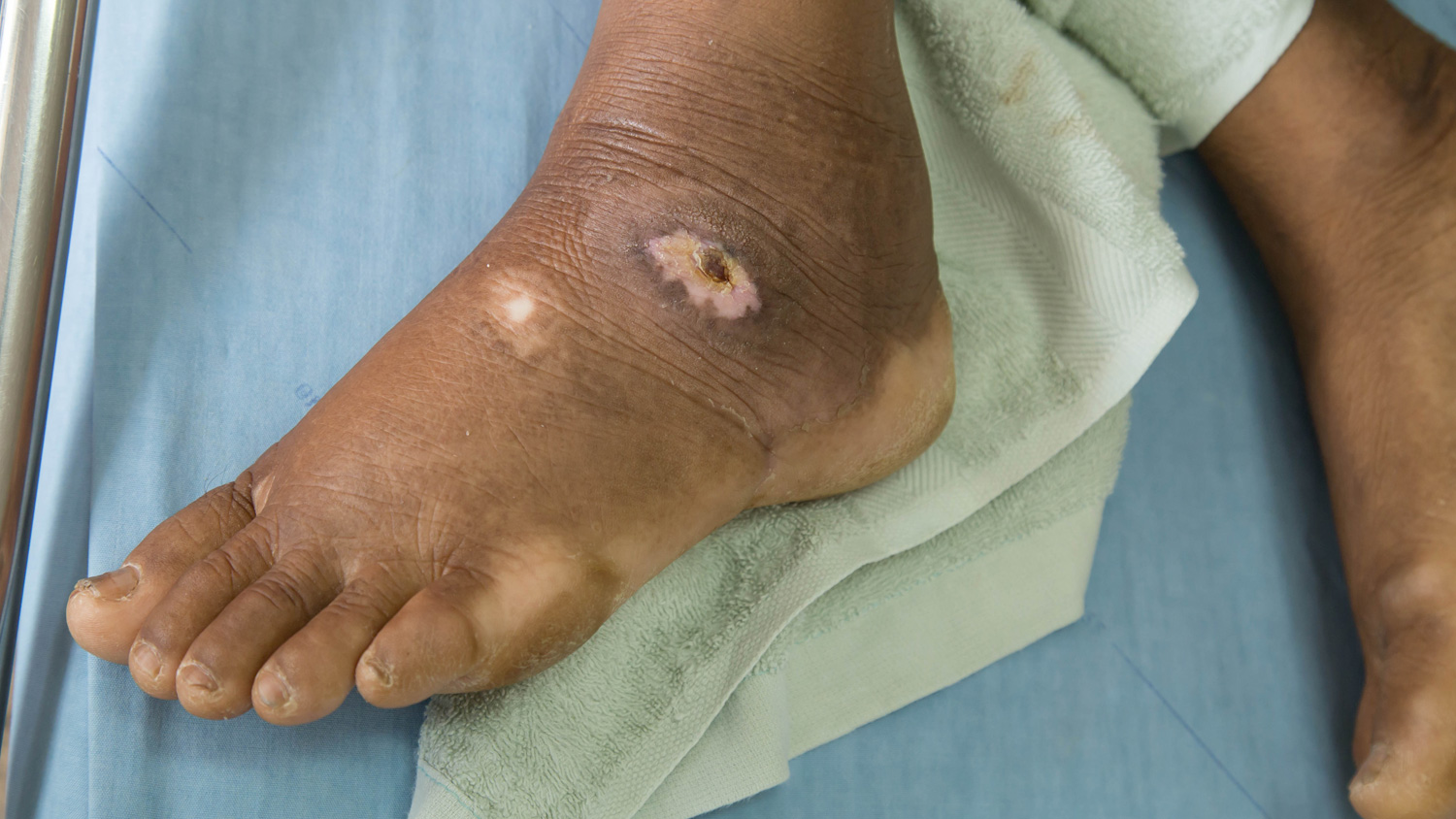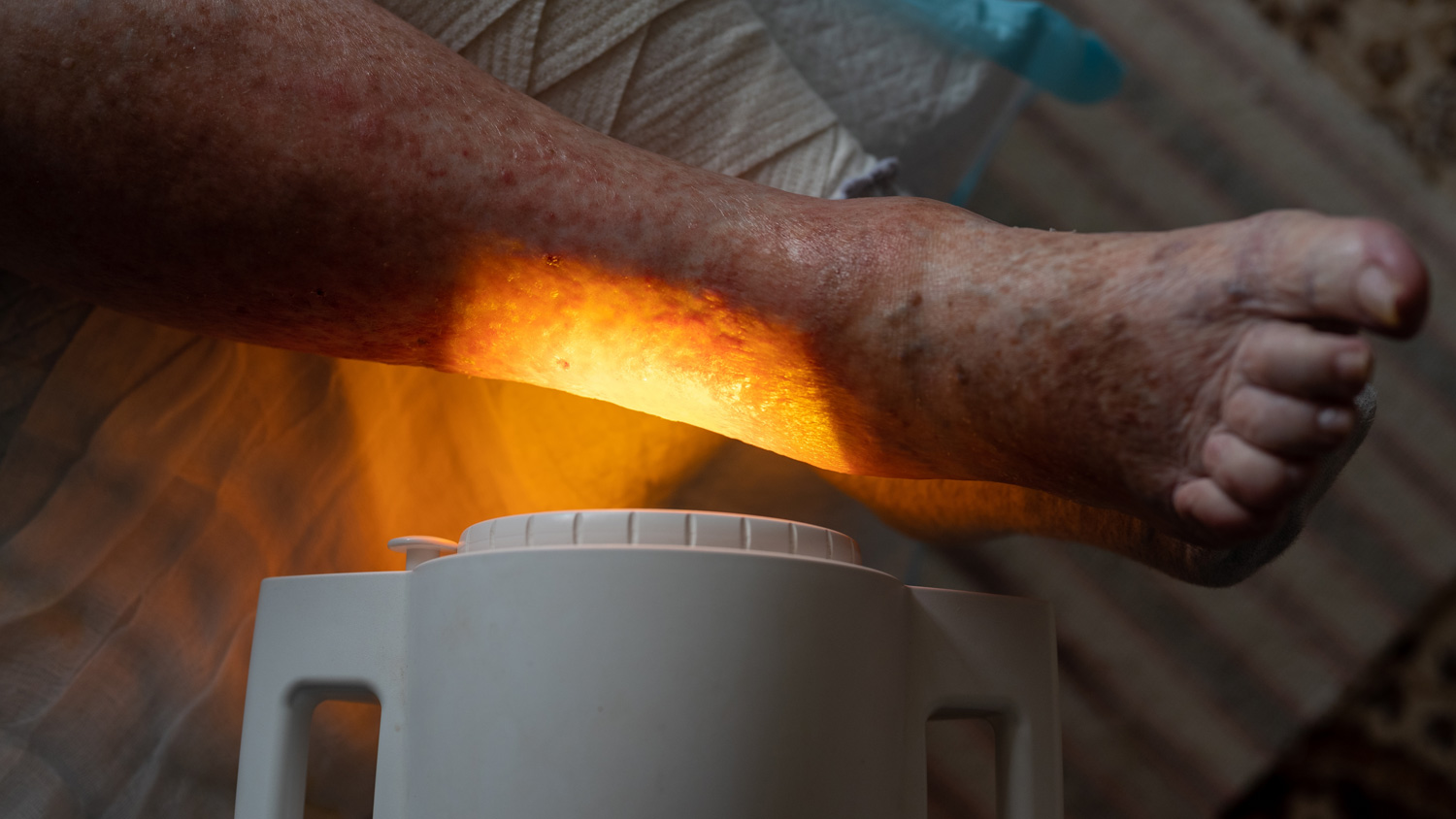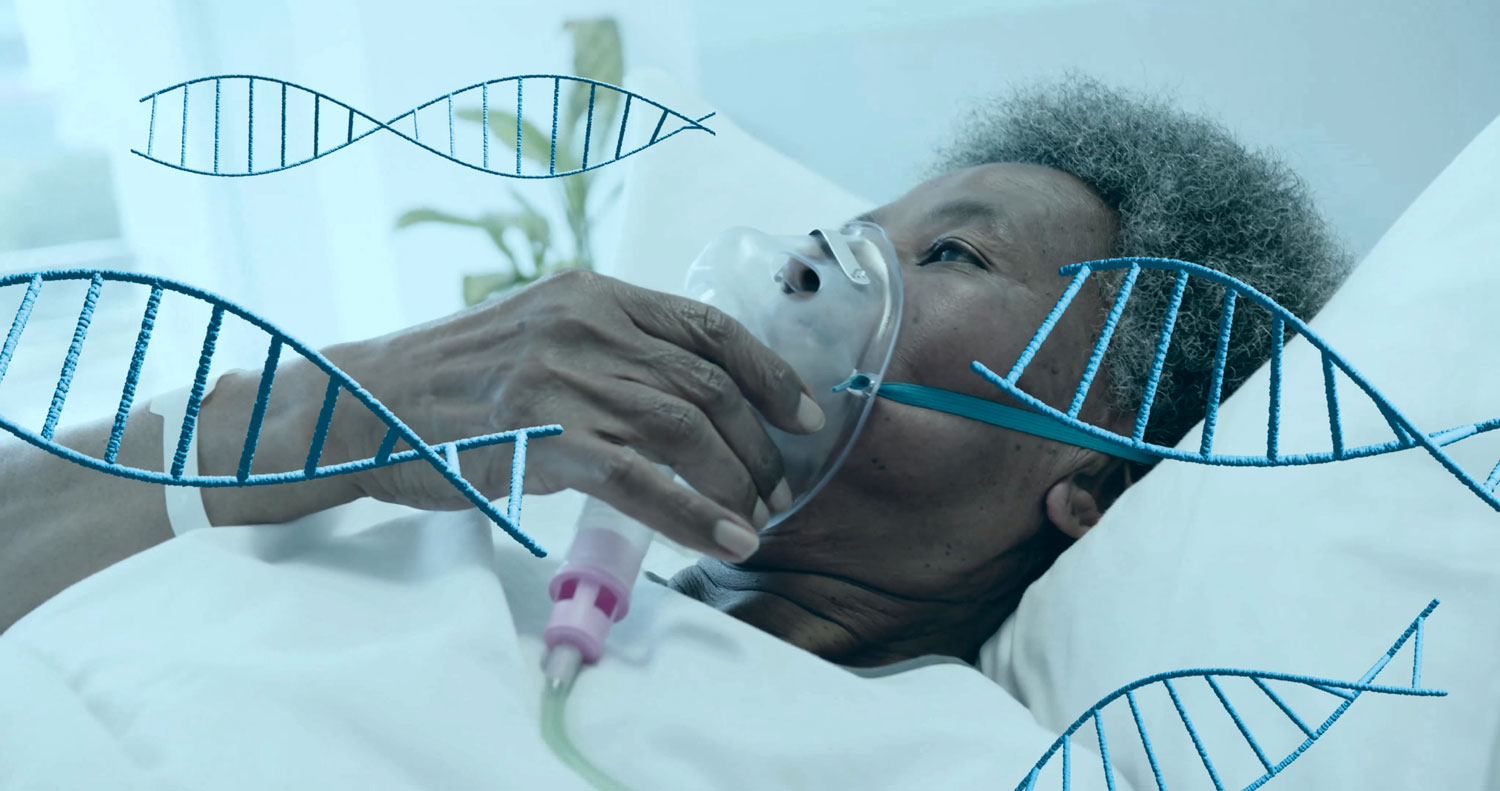
Clinical Innovation in Chronic Wounds
Regenerative Strategies That Change the Prognosis
Written by Dr. Joe Díaz
“Every wound tells a story. And every patient deserves the opportunity to heal.”
When a wound doesn’t heal properly, it not only delays the patient’s recovery: it can also become the prelude to serious complications such as severe infections,
prolonged hospitalizations, or even amputations.
This scenario is especially common in people with diabetes, where the so-called diabetic foot represents one of the greatest challenges in clinical medicine.
Faced with this reality, regenerative therapies offer an innovative and hopeful approach. They allow chronic processes to be reversed, accelerate healing, and significantly reduce complications. Modern medicine is no longer limited to treating symptoms: today it seeks to regenerate, restore, and restore quality of life.
What is diabetic foot and foot in crisis?
Diabetic foot refers to a series of neurological and vascular disorders that affect the feet of people with diabetes, increasing the risk of ulcers, infections, and necrosis.
When these injuries progress rapidly, become severe, or jeopardize the viability of the limb, we speak of foot in crisis. In both cases, the body’s ability to repair tissue is compromised, and conventional treatment is often insufficient to halt the deterioration.
The goal is clear: to achieve effective healing, prevent amputation, and improve the patient’s quality of life. To achieve this, it is essential to address not only the wound but also the biological environment that prevents its resolution.
Why do wounds fail to heal?
Chronic wounds, such as those of the diabetic foot, often enter a vicious cycle of inflammation, infection, and poor perfusion. In these contexts, the body loses the ability to properly initiate repair phases, mainly due to:
• Oxygen deficiency in the tissues.
• Increase in resistant bacteria.
• Immune dysfunction.
• Poor cellular stimulation.
Regenerative therapies seek to break this cycle by activating the body’s natural processes to rebuild damaged tissues and restore function.
Regenerative Approaches to Healing
In clinical practice, the regenerative approach combines various therapies that act synergistically to promote healing and functional recovery.
Ozone Therapy
Ozone, an active form of oxygen, has antimicrobial, anti-inflammatory, and biostimulant properties. Applied as local infiltrations or ozonized baths, it improves tissue oxygenation, reduces bacterial load, and stimulates the body’s regenerative response.
“Ozone creates the ideal environment for the body to remember how to heal.”
Objective: to optimize healing, reduce the risk of infection, and accelerate wound closure.
Regenerative Bioactive Peptides
Peptides are short chains of amino acids with key functions in cellular communication.
In complex wounds, certain peptides can stimulate collagen production, promote angiogenesis (the formation of new blood vessels), and regulate inflammation.
Objective: to reactivate halted cellular mechanisms, facilitating faster and more orderly regeneration.
LED Light Therapy
LED light is a noninvasive treatment that uses different wavelengths to stimulate cellular regeneration and accelerate healing. Red and infrared light penetrate tissues, promoting collagen production, reducing inflammation, and improving circulation.
Objective: to accelerate tissue repair, reduce pain, and improve the quality of healing.
Amputation Prevention: A Possible Future
In the past, many of these wounds inevitably ended in amputations.
Today we know that, with an early, regenerative approach, more than 80% of major amputations can be prevented.
“The key is to intervene early, restoring the body’s natural ability to heal.”
In addition to local treatment, the regenerative approach is part of a comprehensive plan that may include:
• Strict glycemic control.
• Vascular assessment.
• Self-care education.
This approach not only seeks to close the wound, but also to restore tissue vitality and patient autonomy.
Toward a medicine that regenerates, not just treats.
The management of diabetic foot has evolved significantly in recent years. Regenerative therapies represent a new frontier in medicine, not as a futuristic promise, but as a reality that is already transforming outcomes and lives. Every wound has a story, and every patient deserves a treatment that restores functionality, autonomy, and quality of life.
by admin
Share
STAY IN THE LOOP





